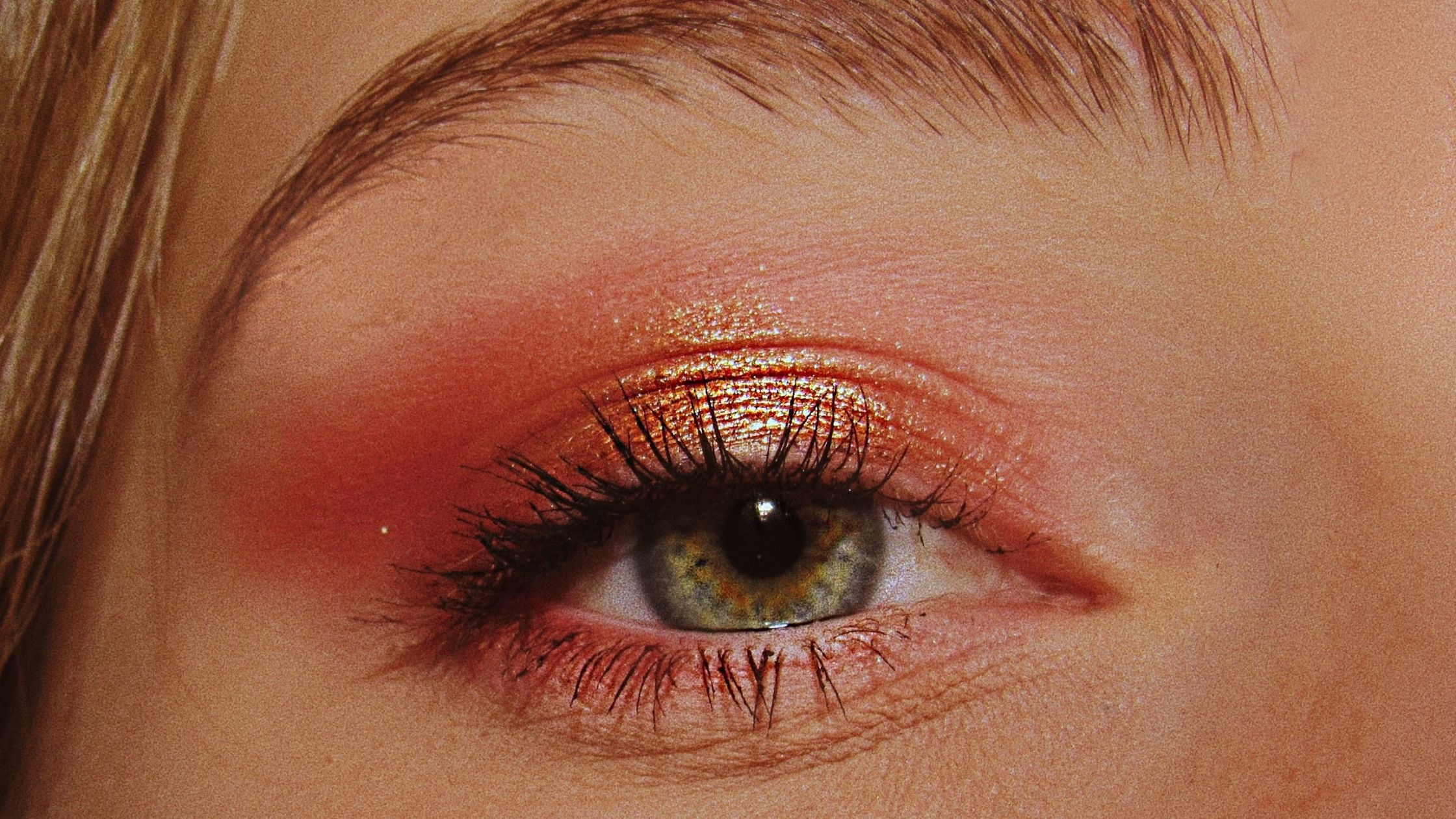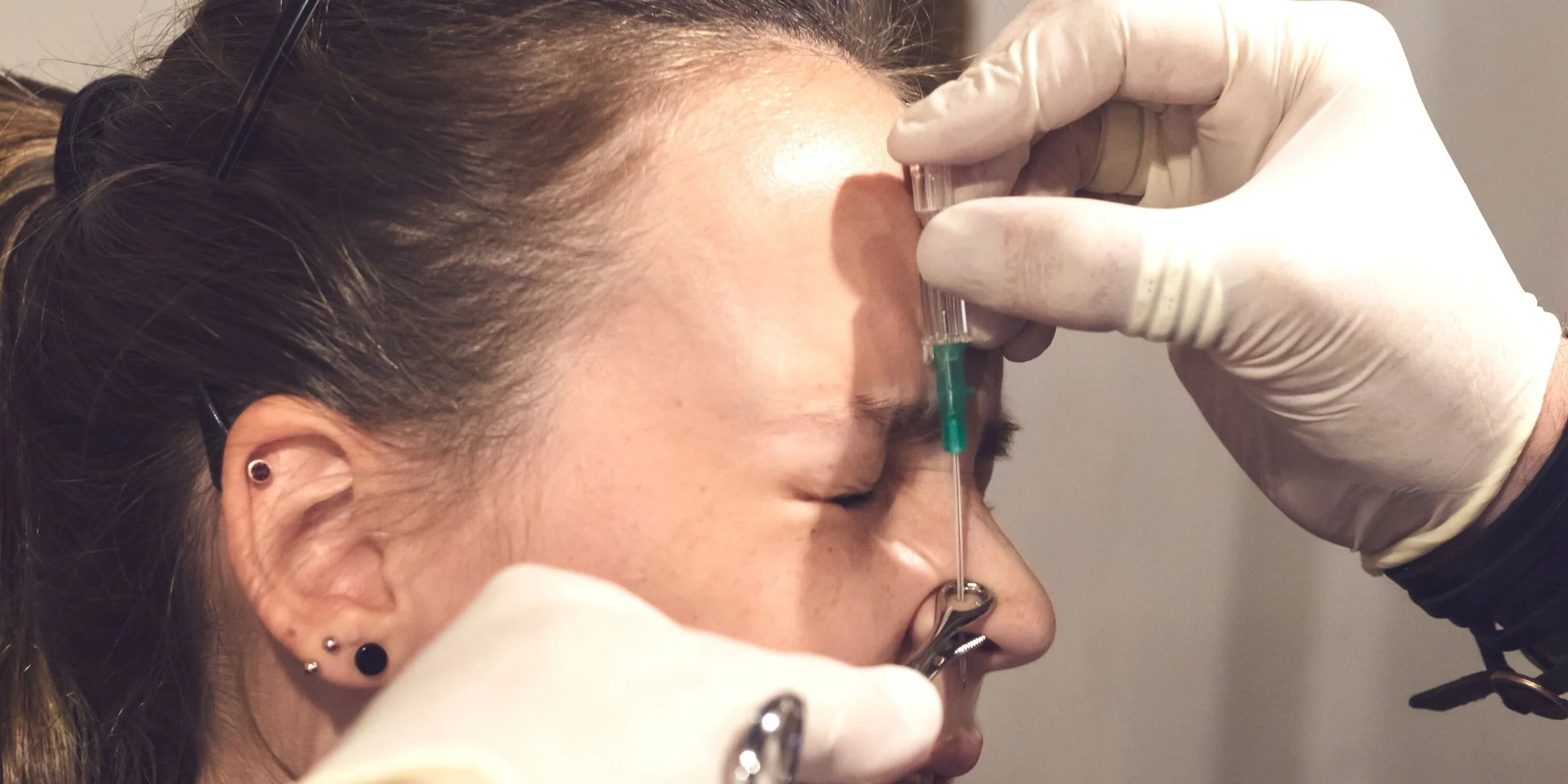- Punch excision is a minimally invasive acne scar removal technique that requires the physical removal of problem skin using a small punch tool.
- Most plastic surgeons and dermatologists recommend pairing punch excision with other types of scar removal treatments, such as chemical peels and lasers.
- In general, punch excision is recommended for extreme acne scarring and is touted as a great choice for getting rid of deep, narrow ice pick scars.
- Because the treatment can be tailored by using different sized tools and different punching methods, it’s good for scars as well as cysts and enlarged pores.
Achieving flawless skin seems like a lofty goal. But when it comes to your specific skin issues, there’s a good chance there’s a cosmetic procedure out there to treat each one, no matter how uncommon or minute. Such is the case with the punch excision. This safe, low-risk skin treatment can be used to correct dilated pores, acne scars, ice pick scars, and other small but no-doubt frustrating facial marks that compromise spotless skin.
Although this acne scar treatment isn’t the most common, it does offer certain benefits over other treatment options. If you’re a sufferer of acne scars, you know the chances of erasing them for good are slim. Punch excision brings new hope to people who have permanent, stubborn acne scarring. However, because the procedure leaves scarring behind itself, it’s often coupled with other skin rejuvenation treatments like laser resurfacing and skin grafting.
What Is a Punch Excision?
Okay, now for the basics: what is punch excision, exactly? Also called a punch biopsy or subcision, punch excision is a surgical method for removing acne and other types of facial scars. During the procedure a dermatologist or plastic surgeon uses a small, cookie cutter-like tool to puncture the top layer of the skin in order to physically extract the scar, cyst or pore. The skin is typically prepared with local anesthesia to minimize the pain.
This skin punch tool will literally punch out the scar or to create an opening that allows the cyst or pore to be removed. After removing the problematic skin, your doctor will either stitch the existing wound using steri-strips or fill it with a piece of skin from another part of your body. The latter method is a form of skin grafting (otherwise known as punch grafting) and is typically recommended in more severe cases. The grafted skin is usually harvested from behind the ear using a larger punch device.
While the process of cutting out a scar leaves some scarring itself, in most circumstances these scars eventually fade. Still, some doctors recommend pairing the procedure with scar revision treatments for the best possible result. For example, Dr. Davin Lim, a laser and aesthetic dermatologist based in Brisbane, Australia, recommends pairing punch excision with a TCA cross chemical peel to soften scars, while Dr. Philip Young at Seattle Bellevue recommends coupling the treatment with lasers. Both leave the skin softer and more even-toned than punch excision alone.
Punch elevation is a variation of this treatment, but instead of excising the scar (removing it altogether) it simply elevates the scar using the same punch biopsy tool. The small circular head of the tool creates small incisions, which gives the doctor the ability to move the scar tissue upward so it sits flush with the surrounding skin. This version is often used to treat deep acne scars that recede into the face. A C-shaped tool (called a C-punch) can be used to get rid of issues in the subcutaneous tissue, like lipomas.
Subcision is another variation of the technique that cuts and breaks down the fibrous scar tissue, and is often used to treat shallow, rolling scars. Because punch excision is, essentially, a surgical procedure — and because it requires a combination of cosmetic techniques — most professionals recommend seeing a board-certified plastic surgeon or a dermatologic surgeon for this procedure instead of a medical dermatologist.
The Procedures It’s Used For
Not all acne scars and facial imperfections will benefit from a punch excision treatment. In general, patients should have at least a 1-millimeter defect for the best possible results. There are several unique applications for punch excision — acne scar treatment just being the most popular — including the removal of cysts, damaged pores and other types of scarring on the face and body.
First and foremost: punch excision is one of the most promising treatment options to address stubborn acne scars, especially those caused by ice pick acne. Ice pick scars are deeper and narrower than other kinds of acne scars, making them significantly harder to treat. Punch excision is also appropriate for other types of acne scars, including boxcar scars, rolling scars and deep pit scars. Different sizes and shapes of punch tools are available to deliver the best results for the various types of scars.
This procedure is also recommended for removing deep, enlarged pores as well as body and facial cysts. If you’re not squeamish, you can see how Dr. Sandra Lee (AKA Dr. Pimple Popper) uses a punch incision tool to remove an epidermoid cyst on YouTube. The punch excision method is also used to remove and test moles and marks for skin cancer and other serious conditions.
Pros and Cons of Punch Excision
Of course, like any cosmetic procedure, it’s important to weigh the pros and cons of this treatment. The primary reason why doctors recommend punch excision is to handle particularly difficult and severe acne scars, even ones that are deep and permanent. Plus, it’s cited as one of the most effective ways to smooth out scarring.
On the other hand, excision can leave behind additional skin imperfections in the process. Here’s a broad look at the pros and cons of this treatment option.
The Pros
- Good for Extreme Cases — As you probably realize, the deeper the scar, the more difficult it is to treat. The great thing about punch excision is that it’s proven to work wonders on deep, narrow scars. The process is much more tailored to the scar type than other scar removal methods, which yields better results.
- Extremely Effective — While laser resurfacing and chemical peels may smooth out shallow scars, they often don’t go deep enough to completely remove them. When the right tools and techniques are used, punch procedures can be significantly more effective than other scar removal methods. However, studies show that skin type and tone also play a role in the effectiveness of punch excision for acne scars.
- Low-Risk and Easy Recovery — As far as plastic surgery goes, punch excision is considered low-risk and typically only requires local anesthesia. Plus, recovery is usually easy and pain-free — although you may be required to avoid water and wear a surgical dressing for a week.
- Relatively Affordable — The cost of punch excision for acne scars varies widely by how many scars must be removed. In the United States a single scar removal can cost anywhere from $250 to $750. However, you’ll need to factor in the cost of lasers, microdermabrasion and other post-surgery treatments that may be recommended by your doctor.
The Cons
- Usually Not Standalone — Most of the time your plastic surgeon will recommend the punch excision procedure alongside laser treatments, skin resurfacing or chemical peels for the best possible results. Therefore, it’s almost never treated as a “one-and-done” deal and can take time and cost money. This, along with the fact that many punch excisions could be required for the best results, makes it a very slow process.
- Leaves Additional Scarring — Why would you want to treat one scar by creating another? It seems counterintuitive. Usually, scars resulting from punch excision resolve themselves and are far less noticeable than the original scarring. They’re easy to cover with makeup and can be treated with lasers, but in some cases, persistent scars will remain.
- May Cause Hyperpigmentation — When your doctor sources skin from other parts of the body, as is the case with traditional punch excision, there’s a chance that the skin tones won’t match. During punch elevation, however, the skin beneath the surface is brought up to the same level as the rest of your skin, so it’s more likely to match.
- Downtime and Aftermath — Compared with other acne scar treatments, punch excision does require more dedicated recovery time. However, most people report that they feel totally fine after the treatment and are able to return to their normal activities quickly. However, patients are required to wear a dressing for up to a week after excision.
So, with all of this taken into account, should you try it?
If you have extremely stubborn and deep acne scars, then punch excision certainly offers hope.
In order to make the right decision for your unique set of circumstances, be sure to talk to a board-certified plastic surgeon to learn more about punch excision and other various treatments designed to erase facial scars.









